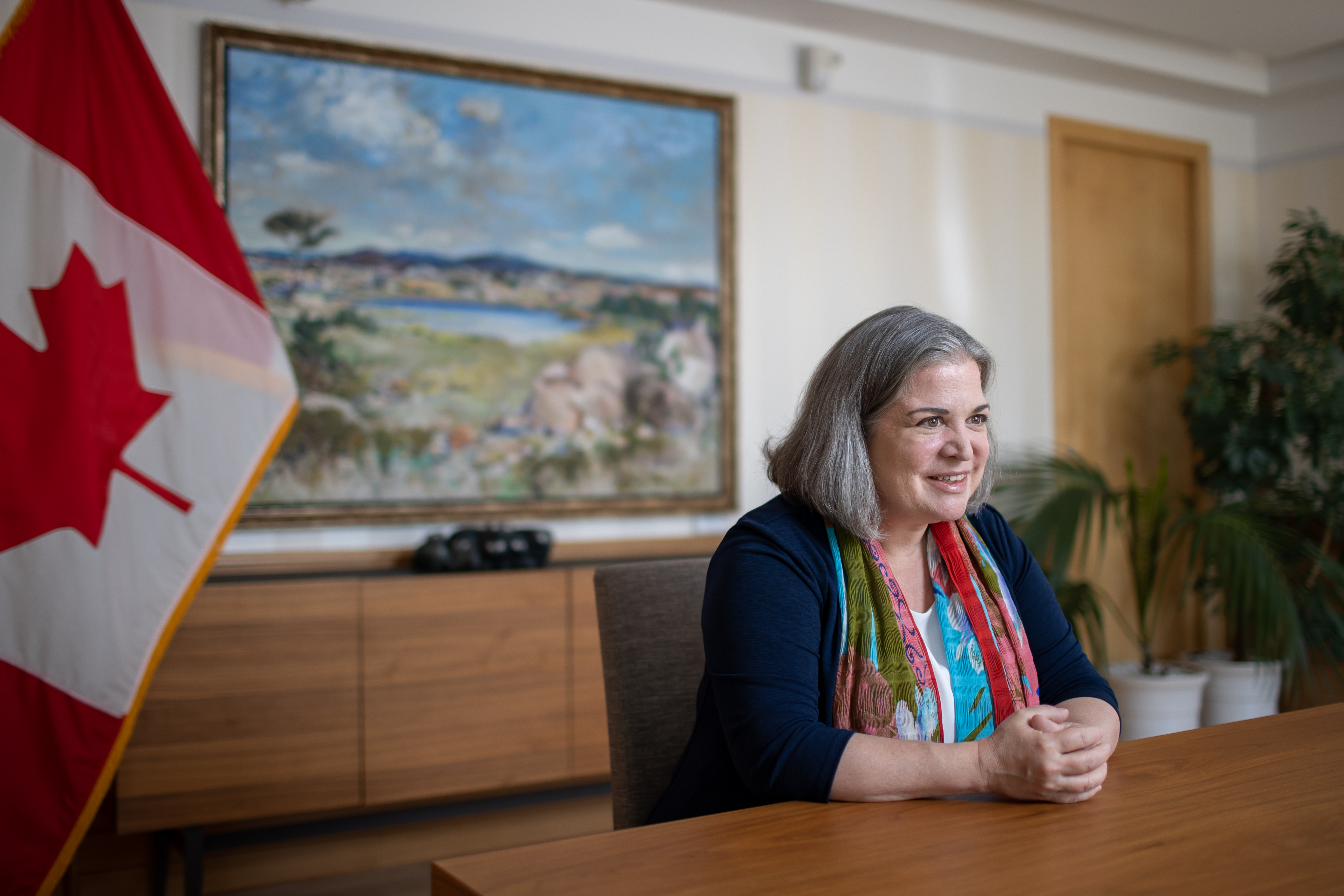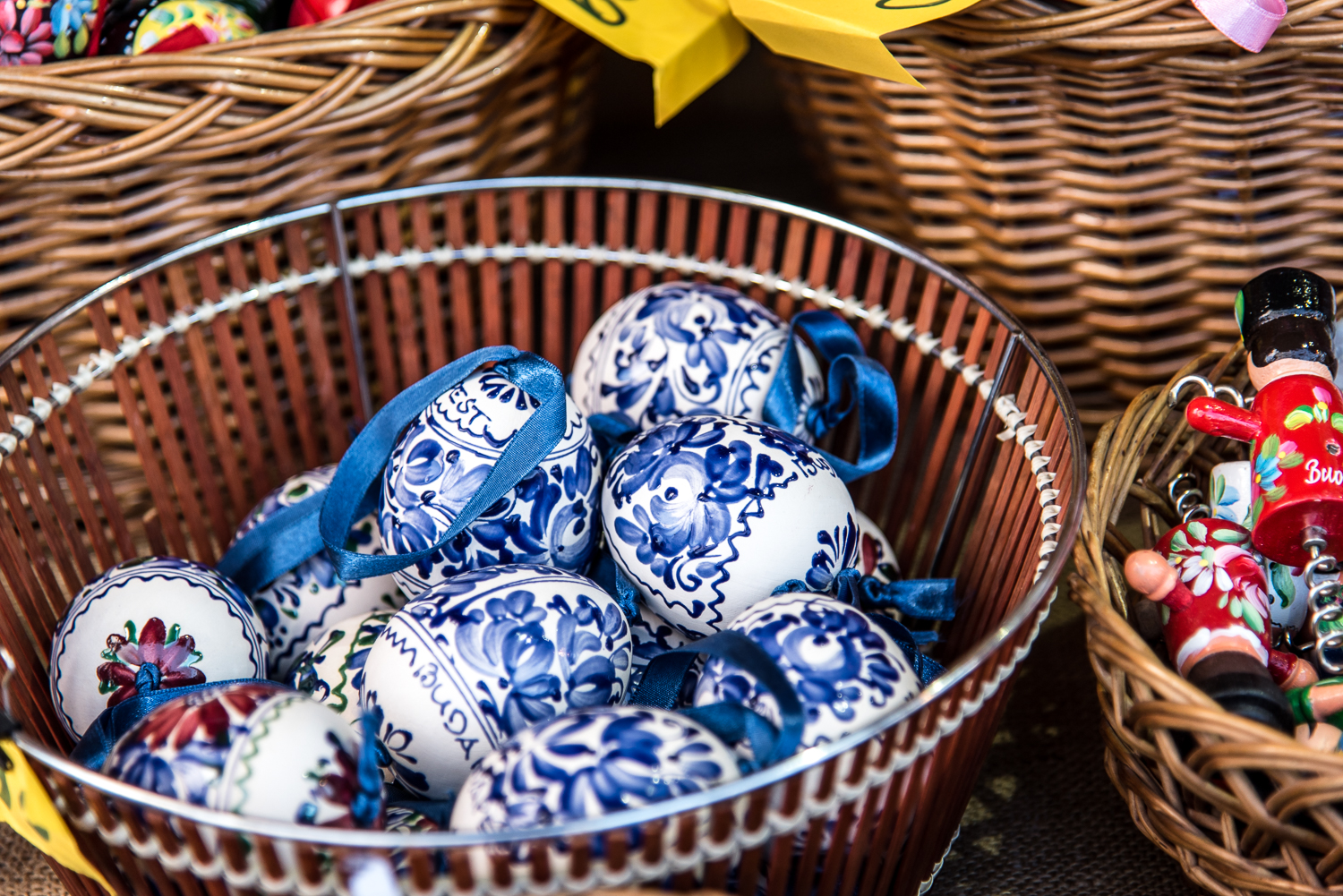Ms Charette took
up her posting as Ambassador of Canada to Hungary in 2019. After serving in
Tokyo, Delhi and Paris, she was just settling in Budapest when the devastating
pandemic broke out. “I feel I have to catch up on a lot, being an ambassador is about the
people…,” enthuses Ms Charette. She added she loves the city and its people, but
the best is when she can get out of Budapest into nature.
She describes the capital as an
enchanting workplace, with special pleasures such as going to Parliament on a sunny spring day for the inauguration of the new President of State. Ms Charette has embraced the Budapest lifestyle,
which she enjoys greatly.

“I feel privileged to live in Budapest and serve in Hungary as an Ambassador.”
Canada is a country built on shared values and inclusion. Being a Canadian is an identity you choose, which is quite different from us Europeans. This is the Canadian mosaic put together by immigrants arriving in the country.
Ms Charette’s first
impressions of Hungary and the Hungarians is a funny tale. When she was a little
girl in Montréal, she went to do a summer job on a farm, where a giant, heroic figure with a betyár moustache, named Jimmy Szabó was giving instructions. Guess where
the man was from?! Hungary, of course.

“When I saw that man, I said to myself: If people from Europe are this powerful and cool, I have to see the world. That’s why I chose diplomacy as my career.”
And eventually life has brought her to where it all started, Hungary…
Living in the Buda hills, the Ambassador has developed a liking for hikes both within and outside Budapest. The unspoilt nature of rural towns and the Hungarian countryside stole the heart of Ms Charette, who comes from a North-American landscape where nature is an essential part of life.
Being a keen sportswoman, she enjoys cycling with her husband in Budapest and elsewhere on longer outings to one of the renowned wine regions of Hungary. They have already visited the town of Villány and are planning a trip to Sopron in the near future.

Ms Charette being
a wine aficionado, she actively pursues wine tourism in Hungary. Her favourite is the north of Lake Balaton, and she particularly enjoys the white
Furmint and the Hárslevelű.
Having served in Paris, she has the advantage of
comparing French and Hungarian wine culture. The French wine industry is very defined in its regional variation, while in Hungary you never know what
to expect – every region makes a wide variety of wine.

“Tell me a region in France and I can probably tell you what’s in the bottle.”
Wineries usually make wines specific to their region in France and if you know a little bit about wine, you'll know what to expect. While in Hungary, visiting different wineries is also a discovery, not just because the names of the grapes are hard to pronounce, but also every region makes so many different types.
Here, you have to re-learn everything about the culture of this noble drink. According to the Ambassador, Hungarian wine culture is well-balanced and with a focus shifting from volume to quality, it makes it suitable for export if they find the niche.

Funnily enough, it has already reached North America as in Canada, Hungária sparkling wine by the Törley factory is one of the most popular varieties, says Ms Charette with a smile. She's now hoping for a higher proportion of Hungarian wines to be exported.
Maybe this will come sooner than expected as this initiative has already been launched. The Canada-EU Comprehensive Economic and Trade Agreement (CETA), signed in 2017, introduced a significant reduction in tariffs of Canadian products coming to the EU, which resulted in a significant increase in trade. The deal also facilitated the movement of goods, services and people.
Ms Charette, who was the
director of the Secretariat Office implementing CETA, said that having achieved this, there is now a
real possibility of an even more productive relationship between Hungary and Canada, thanks
to the agreement.
Trade is a link which can provide a platform for deepening
bilateral relations between the two countries. This holds great promises for
business. There is a need to grow and expand this co-operation, according
to Ms Charette.
“Hungary has greatly benefitted from this agreement. Our job is to tell people and businesses about this, and Hungary and the EU could use this agreement as a stepping stone to the North-American market.”
Who knows, maybe one day Canada and Hungary will host a joint Canadian lobster and Hungarian wine party, laughs the Ambassador.

She shares that Canadians also find the great soil of Hungary ideal for winemaking. On a little volcanic butte, Szent György-hegy north of Lake Balaton, Robert Gilvesy, a Canadian with Hungarian origins, runs Gilvesy winery producing premium wines sold in leading Hungarian outlets.
The Ambassador also revealed that she has recently visited a wine-research institute at the University of Szeged. The institute studies samples of different grapes to compare their quality and characteristics. “I tasted 25 different types of grapes. I really enjoyed the Kékfrankos and the Juhfark.”
Moving on from
wines, the Ambassador also enjoys the pleasures of Hungarian gastronomy. Ms
Charette confesses that one of her favourite activities is
deciphering a Magyar menu. Her personal favourite is töltött káposzta or stuffed cabbage.
At Christmas she planned a joint
Canadian-Hungarian dinner where she could exchange a traditional Canadian meat pie recipe for Hungarian stuffed cabbage with a Magyar friend.
They also developed a particular liking for goulash, which her husband keeps experimenting by cooking it. During this fine-tuning process, he once accidentally bought csípős paprika cream, as he didn’t know what it was.
"So, we learned the word csípős," she says, having found out the hard way that it means spicy hot in Hungarian.

However, their two daughters never had the chance to try dad’s wonderful goulash as they live back in Montréal. This multicultural French-Canadian community keeps winning the title of the best student city, and is as inclusive as any true Canadian metropolis should be.
"You just have to deal with the climate," laughs the Ambassador. Perhaps that's why it wins the award every year, as it's a city built on the Canadian life philosophy: “Take it easy, be yourself and keep it relaxed”.




